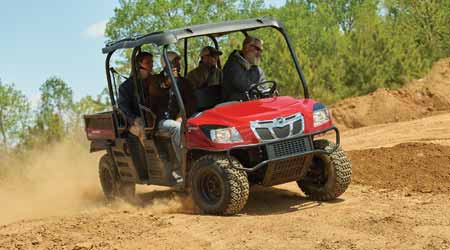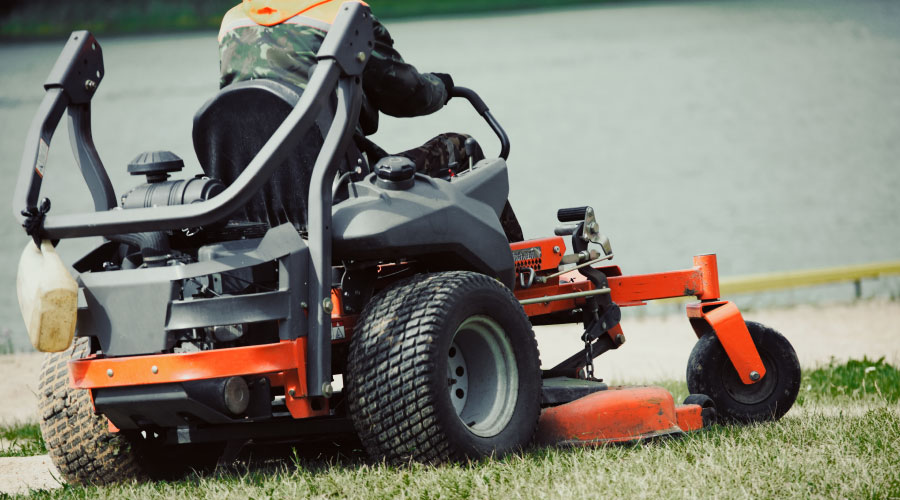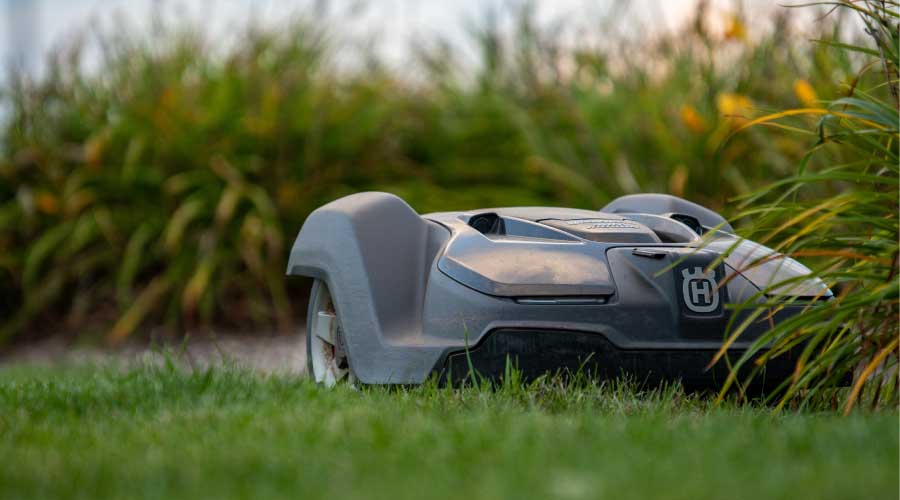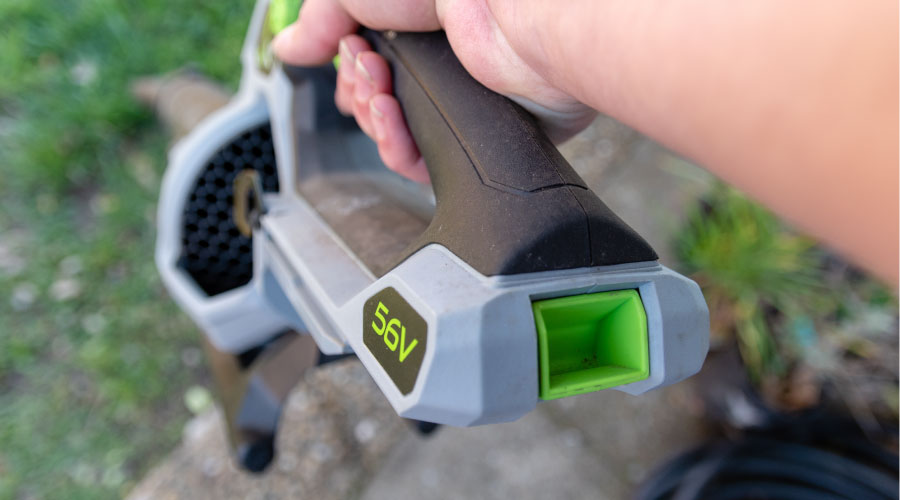 The decision to repair or replace a utility vehicle involves several key considerations, including equipment condition and repair history, staff equipment needs,and ensuring attachments perform as intended.
The decision to repair or replace a utility vehicle involves several key considerations, including equipment condition and repair history, staff equipment needs,and ensuring attachments perform as intended.Utility Vehicles: Understanding Facility Needs
The decision to repair or replace a utility vehicle involves several key considerations, including equipment condition and repair history, staff equipment needs,and ensuring attachments perform as intended.
Up to the challenge?
Once managers have assessed the condition of a utility vehicle, the next step is to determine whether the machine can meet the department’s requirements for the equipment or if a new unit is in order.
Needs. Establish and update specific vehicle requirements, daily activities, and budgets in order to better assess equipment performance. The size of the landscape and its topography, along with any changes to these components, are key elements.
Range. Make sure a particular piece of equipment can service the entire area for which the department is responsible.
Environment. Consider the type of weather the location experiences because this can affect a vehicle’s performance life.
Durability. Review the vehicle’s durability based on department activities, and understand the type of warranty the manufacturer provides because these items are key indicators of the type of investment the department is making.
Fuel. The type of fuel the utility vehicle requires also indicates its likely durability and upkeep. Gasoline-powered vehicles still dominate the market, but alternative fuels have gained momentum as more managers have begun to embrace green initiatives. Green fuel sources are more environmentally friendly, and they can increase the efficiency of utility vehicles and extend their performance lives. Three popular alternative fuel sources — electricity, propane, and bio-diesel — also contribute to a lower risk for mechanical malfunctions, so concerns about performance and maintenance issues decrease as a result.
Attachment issues
The value of many utility vehicles lies in the versatility they bring to grounds operations, and this versatility comes from attachments that enable crews to use the vehicles to perform such tasks as mowing, plowing and sweeping.
To successfully address department productivity via equipment specification, managers also need to address a series of pre- and post-purchase considerations related to attachments.
Although inspecting an attachment immediately before or after purchase is ideal, many technicians do not take time to do this. This is where the manufacturer’s warranty comes in. For example, if a department does not use the attachment for several months and a technician later discovers it does not work, the manufacturer’s warranty covers the replacement cost.
Most technicians also will not spend the time and energy to attach a snowplow to a truck in the months leading up to winter, so they need to make sure the warranty covers the appropriate period. If it does not, it might be a smart move to buy an extended warranty.
Storing attachments appropriately also is vital to their performance life. To guarantee attachments work when crews need them, managers should create a comprehensive maintenance plan that covers the steps involved in cleaning and storing each piece of equipment.
For instance, when a worker is finished using the attachment, clean it to remove dirt and grease. If these materials remain on the equipment for long periods, the attachment can be difficult to reattach, and it can rust, leading to malfunctions and expensive repairs or replacements. Lubrication is equally important for proper maintenance.
Removing fuel left in the attachment before storing it for a long period also can prevent future damage. Storing attachments and other tools in a place where sun, rain, cold and other elements can not affect them also can prevent rust or damage.
Before and after the purchase, managers and technicians should go through the manufacturer’s manual to be sure they understand specific care and service requirements and timelines. Technicians also should share the attachment’s requirements with operators to ensure proper maintenance and care occurs regularly.
Attachments have become essential components of utility vehicles. By keeping in mind a crew’s specific needs and by investing in the right accessories, managers can ensure they make cost-effective, long-term product decisions.
Mike Fitzpatrick is vice president of U.S. Lawns — www.uslawns.com — which has more than 260 franchises nationwide. Fitzpatrick has more than 30 years of experience in the green industry.
Related Topics:














